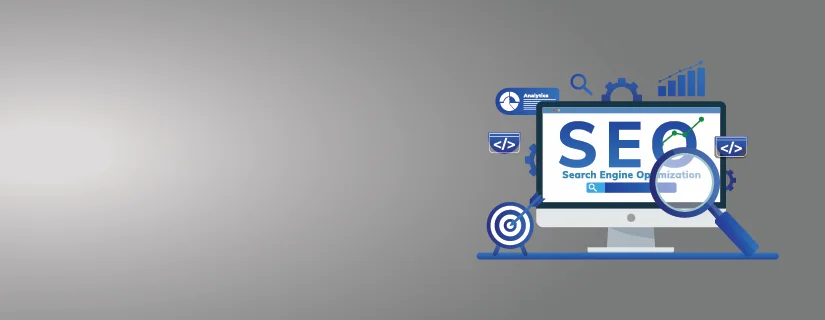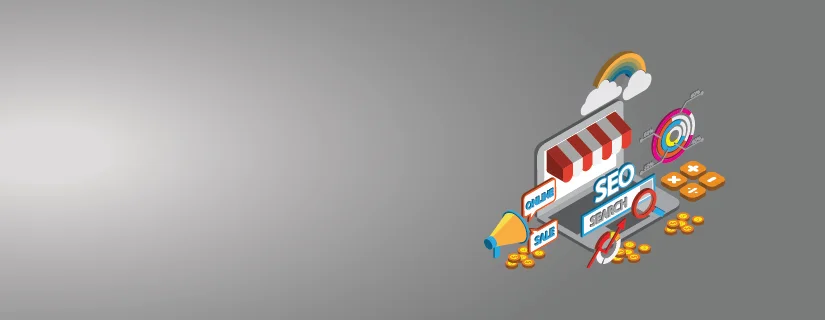- /
- Blog
- /
- Google Ads Success: Key...
Google Ads Success:
Key Elements & Timeline
Google Ads Success: Key Elements & Timeline
With technology quickly advancing, reaching a target audience is important for any business. SEO and content marketing can be beneficial in the long run, but Google Ads can boost visibility quickly. Setting up an ad with the hopes that it will work is not the answer. Good Google Ads campaigns need accurate planning, proper execution and continual improvements. This blog outlines the components of a Google Ads campaign and outlines the timeframe for results.
What components are needed for a successful Google Ads campaign?
1. Specific Goals : It is essential to define goals before launching the Google Ads campaign. What are the specific goals for the campaign, is the aim to increase site visits, generate leads, boost sale figures, or improve brand awareness? Knowing this helps improve the campaign structure and the bidding strategy.
2. Extensive Keyword Research : Keywords are essential for Google Ads campaigns. Spending time to find optimal keywords increases the success rate. Google Keyword Planner, SEMrush, and Ahrefs can be used to find the most effective keywords based upon competition, search volume, and cost-per-click.
3. Appealing Advertisement Copy and Creatives : As people scroll through social media, your advertisement copy should spark interest and incite clicks. A strong advertisement would include:
- A clear and appealing title
- An adequately informative description
- A CTA that motivates the audience
- Relevant keywords that enhance the advertisement’s relevance and Quality Score
In the same way, visual creatives like display and video ads should capture attention and resonate with your brand.
4 . Optimized Landing Pages : A landing page is considered well optimized when it makes it easy for the users who clicked the advertisement to take the action you want them to take. The key ones include:
- A clear and appealing title
- Fast page loading (ideal load time, under 3 seconds)
- Mobile-friendly design
- Strong-conspicuous CTA
Trust signals, for example, testimonials, reviews, and security badges
5 .Proper Audience Targeting : Google Ads comes with many targeting features such as:
- Demographics targeting (age, gender, geography, income, etc.)
- Interest targeting (people who have an interest in similar goods or services)
- Remarketing (retargeting users that visited your site before)
- Lookalike audiences (audiences that are close to the ones that are already in your database)
These targeting options ensure that your ads are seen by the right people and have the highest chance of converting them into actual customers.
6. Effective Bidding Strategy : Google allows different strategies for bidding depending on your goals, some of them are:
- Manual CPC: allows you to set a unique keyword range for each advertisement group.
- Enhanced CPC: Sets bid prices relative to the chance of conversion occurring.
- Target CPA: Prioritizes attaining conversions for a specific amount of money.
- Target ROAS: Looks to increase revenue relative to the costs incurred from advertising the most.
Using the best bidding strategy is likely to influence in a positive way both campaign performance and ROI.
7. Tracking the Performance and Optimizing it : For ongoing success, constant monitoring and optimization is key. Remember to focus on analyzing:
- Click through rate
- Conversion rate
- Cost per conversion
- ROAS
- Quality Score
Performance will improve over time through A/B tests of ad variations, adjusting bids, and audience targeting.
When can results be expected from Google Ads marketing?
With a good Google Ads campaign setup, results can be seen in a matter of a few days to weeks. While it can take some time to get your campaigns just right, here at Vibrant Branding and Strategies, we try to make it as easy and as fast as possible to get your business measurable results. Though the answer differs based on many different possibilities, the outline below is pretty accurate:
1-2 Weeks: Data Collection Stage.
When the campaign gets launched, Google Ads start functioning in a passive manner. In this learning stage, Google will collect data on what users do with your ads. Expect to experience a lot of volatility in impressions, clicks, and costs during this phase.
3-4 Weeks: Early Optimization
At this point, you should have adequate data to analyze how things are performing. Adjusting the keywords, the ad text, bidding, and targeting will make things more efficient.
Want to maximize your marketing ROI? Our audit & consulting services help identify what’s working and what’s not.
1-3 Months: Consistent Performance and Refinement
If you continually work on enhancing your campaign, it is possible to get stable conversions and a positive ROI within the initial months. In any case, extremely competitive fields might need additional time and budget to see results.
3-6 Months: Scaling and Maximizing ROI
By this time, your Google Ads campaign should be fully functional which will allow you to increase your spending, target new sets of keywords, and even use more advanced strategies such as remarketing and automation programs.
Finally, executing a successful Google Ads campaign requires thorough planning, careful implementation, and continuous improvement. Following the right steps like having reasonable goals, well researched keywords, undeniable ad creatives, audience targeting, and tracking performance results will make a difference. Some changes can be observed after a couple of weeks, but in order to achieve real success, one must be determined and continuously improve on their methods.
Regardless if you’re just starting out with Google ads or want to improve your campaigns, these online advertising steps will ensure that you get long-term results.
Share this Article On:
Recent Updates
- 12 February 2025
- 12 February 2025
- 12 February 2025
- 12 February 2025
- 12 February 2025
Have a Question?
If you cannot find answers to your queries, please fill out the enquiry form. We will contact you shortly.








